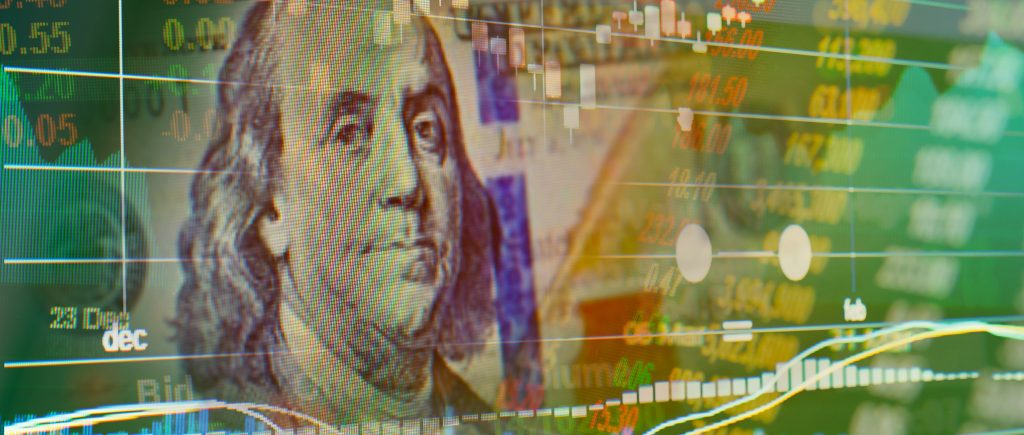The dollar index held onto modest gains by late US trading session on Monday but was well off its highs as Treasury yields slid in the face of falling stocks, while Omicron uncertainties and Fed event risks also loomed over markets.
Omicron fears increased after the WHO said the variant poses a “very high” global risk, though data on severity was limited.
The rapid spread of Omicron in Britain and research suggesting booster shots are needed to fend off the variant prompted Prime Minister Boris Johnson to say Britain faces a “tidal wave” of Omicron cases, souring risk acceptance and sterling.
The UK pound fell 0.4% on the pandemic headlines and drop in stocks, which further reduced dwindling probabilities of a BoE rate hike on Thursday. Sterling traded largely in line with stocks, rising early and falling to session lows in late London trading as stocks slid.
The EUR/USD pair was down 0.19% as bearish divergence between the policy normalizing Fed and ultra-cautious ECB has contained recent rebound attempts, including Monday’s.
Germany’s 6.0% year-on-year inflation and wholesale prices rise of 16.6% in November, the highest since the series started in 1962, will keep some pressure on the ECB to wind down emergency asset purchases, though probably not raise rates next year. As with all central bank policy and market forecasts, the path of the pandemic remains a key factor.
The USD/JPY was marginally higher, losing modest, earlier gains as the haven yen advanced more than the dollar amid risk-off flows as stocks retreated.
USD/JPY cloud top at 113.26, but with sellers so far capping rallies toward the 21-day moving average near 114 and at 114.03.
The Australian and Canadian dollars both fell about 0.55% versus the US dollar amid risk-off flows and worries about China’s economic slowdown.

 Noor Trends News, Technical Analysis, Educational Tools and Recommendations
Noor Trends News, Technical Analysis, Educational Tools and Recommendations




